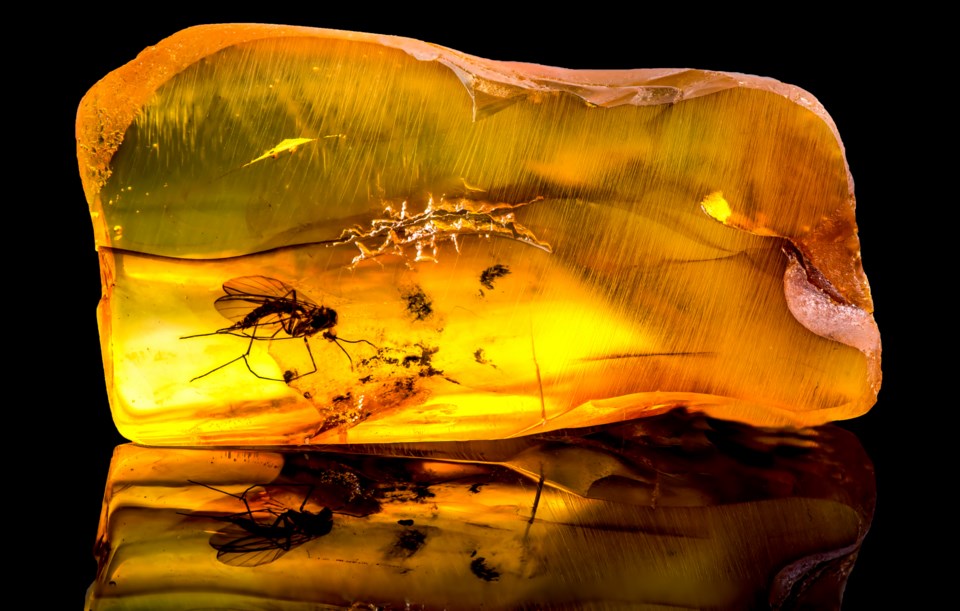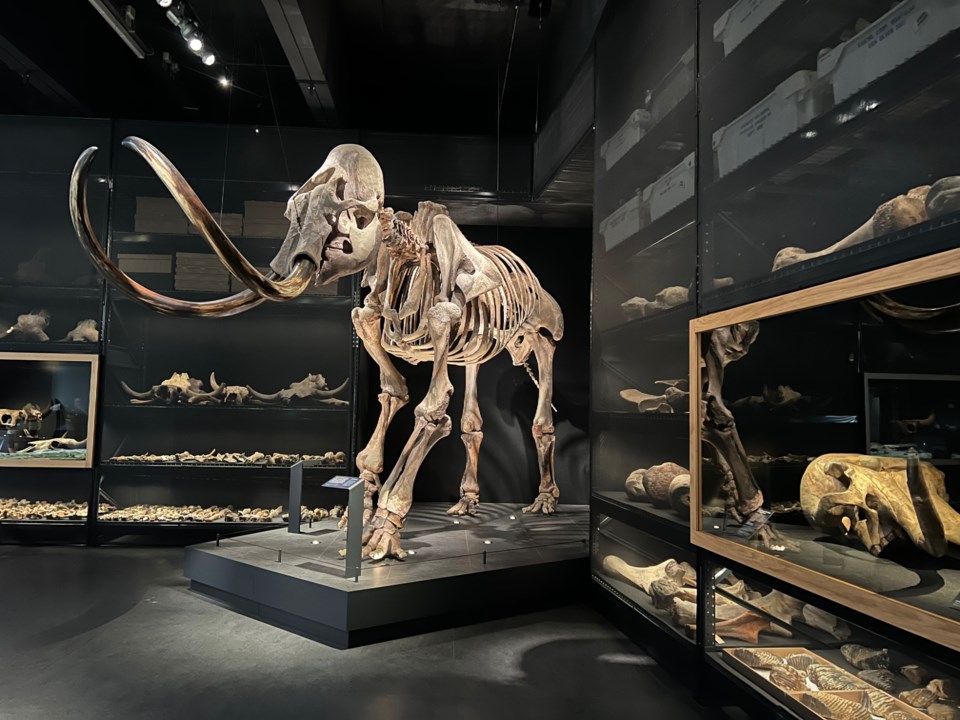In the early ‘90s, Jurassic Park took libraries across the globe by storm and forever changed the way we think of prehistoric creatures — why settle with imagining how everyone’s ancestors looked like when we could bring them back and see for ourselves? This revamp of the Frankenstein mythos along with Steven Spielberg's adaptation, singlehandedly ignited such interest in dinosaurs that it ushered in a new golden age of paleontology. And perhaps it inspired more than just dinophiliacs.
Colossal Biosciences is a company with a mission: de-extinction. With labs working in Boston, Harvard University, Dallas and Australia, the company has over 60 scientists working to reach through time and bring back animals the world hasn’t seen for thousands of years. Sounds familiar. While the company compares its endeavors with the Apollo moon landing in the ‘60s, the whole enterprise takes one’s mind to science fiction.
The team in Dallas is working on Colossal’s landmark de-extinction project to resurrect the woolly mammoth with the goal of conserving the Arctic region. According to the company, the animal’s ecosystem was capital in the preservation of permafrost in the tundra, a biome that’s currently threatened by climate change. Since permafrost is a frozen soil that contains large amounts of decomposed biomass it stores methane and carbon dioxide. These gases are released into the atmosphere when the soil melts, increasing greenhouse gas emissions.
Colossal scientists are not the only ones pointing out that the mammoth extinction had an effect on climate. According to Science, researchers found that at the same time as the mammoth’s population was plummeting some 15,000 years ago, certain plants, which the animals used to feed on, experienced a population explosion that changed the whole ecosystem.
But how are they bringing it back?

In Michel Crichton’s novel, the depiction of splicing genes of extinct animals with their living descendants seemed nothing short of fantastic at the time, turns out he might’ve been on to something there.
While many of the mammoth species went extinct, there is still one relative alive. According to Colossal, the Asian elephant shares 99.6% of the DNA with mammoths. By sequencing both animals' genomes, scientists are able to identify important cold-weather genes. Then, after using “gene editing tools,” they cut parts of elephant DNA and insert a mammoth sequence in its place.
While the company doesn’t need to use the blood preserved inside a mosquito preserved inside amber to get the mammoth’s DNA, they use well-preserved, frozen mammoth samples from Alaska and Siberia.
The next step in the de-extinction plan is to create a mammoth-elephant hybrid capable of living in the Arctic region. According to NBCDFW, the company claims they’ll get the hybrid by 2028.
Luckily, Colossal won’t jump directly to commercialize their hybrids like the fictional entrepreneur John Hammond did — for now. Indeed the company’s long-term hope is that their discovery will lead to a commercial evolution. But that’s further away in the future at the moment.




